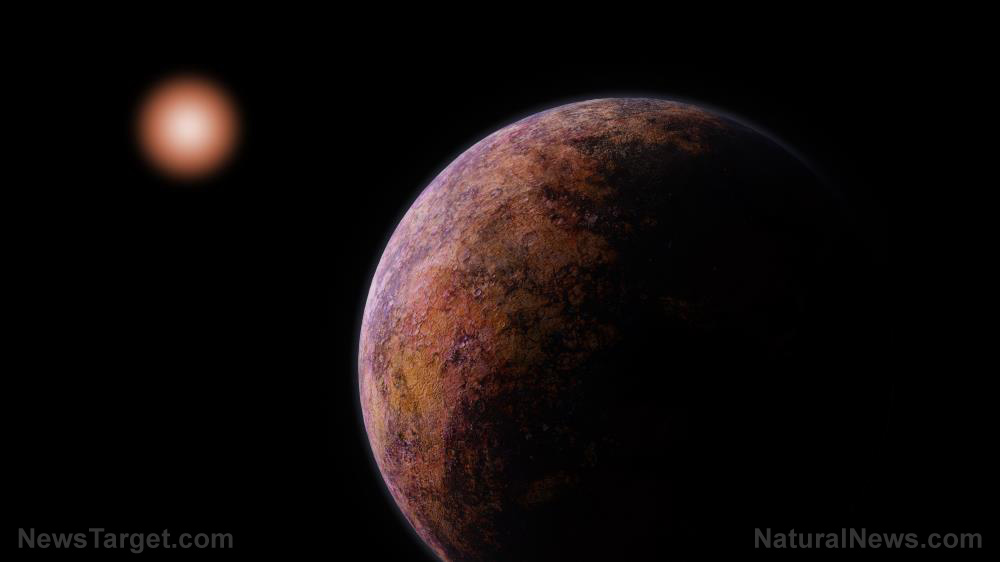
A new study says chances are good that the Jovian moon Europa is hosting some form of alien lifeform. What's more, a lander would not have to drill too deep into the icy moon before it comes across solid evidence of extraterrestrial life, an article in Scientific American reported.
With a diameter of 1,900 miles, Europa is the sixth biggest moon in the Solar System. Its frozen surface covers a huge ocean.
Experts theorize that the water of this underground ocean is directly connected with the solid core of the moon. The link enables complicated chemical reactions that could potentially create and support simple forms of life like bacteria. This makes Europa a favorite among researchers as a potential place to find alien life.
It greatly helps that the moon is also geologically active. The heat and movement caused by this activity can propel water from the underground ocean toward the surface of Europa. This movement could take the form of a lurching motion of the ocean itself, or a geyser-like outgassing that can be detected by NASA's Hubble Space Telescope. (Related: Dr. Gil Levin’s NASA experiment found PROOF of life on Mars in 1976… but it was memory-holed by the government.)
NASA will send a lander to Europa to find evidence of alien life
NASA's upcoming interplanetary mission, Europa Clipper, is intended to capture samples of that subterranean water. Slated for launch during the first half of the 2020s, the space probe will zip over the surface of Europa in the hope of flying through an outgassing of underground water. It will collect samples of the water plume for analysis.
In addition, NASA plans to dispatch another space probe after Europa Clipper. This planned successor will deploy a lander on the surface of the Jovian moon.
Like the ExoMars mission, the Europa lander will drill into the ground. It will be equipped with instruments that can recognize signs of life, such as amino acids.
The main challenge faced by this lander is that the moon is well within the radiation belt of Jupiter. Europa is constantly bombarded by strong radiation that can turn biomatter into useless mush. No one knew how deep the lander will need to dig to find intact biomarkers.
Europa lander will not have to dig too deep to find intact evidence
A new study led by NASA researcher Tom Norheim constructed a computer model of Europa's radiation environment. They integrated data from earlier experiments, which measured how quickly amino acids degraded when exposed to different levels of radiation.
Nordheim reported that the radiation levels varied from region to region. For example, the middle and high latitudes of Europa received 10 percent of the radiation found at the much more irradiated equatorial region of the moon.
Based on their calculations, if the Europa lander touches down in the mildest radiation zones, it will only need to dig around 0.4 inches (one centimeter) deep into the ice to find intact amino acids. For the hottest areas, the depth would range from four to eight inches (10 to 20 cm).
Nordheim added that any Europan lifeforms found at those depths would have perished due to the high radioactivity. However, the evidence of those hypothetical extraterrestrials would remain more or less intact and thus recognizable.
So why is this good news? It means radiation levels on Europa are nowhere near as bad as NASA feared. The Europa lander could be sent to the areas with the highest chance of recently-expelled water from the underground ocean with little worry that the radiation would have destroyed any evidence of alien life.
For more stories about alien life in Europa and other parts of the Solar System, visit Cosmic.news.
Sources include:
Nature.com [PDF]
Please contact us for more information.





















